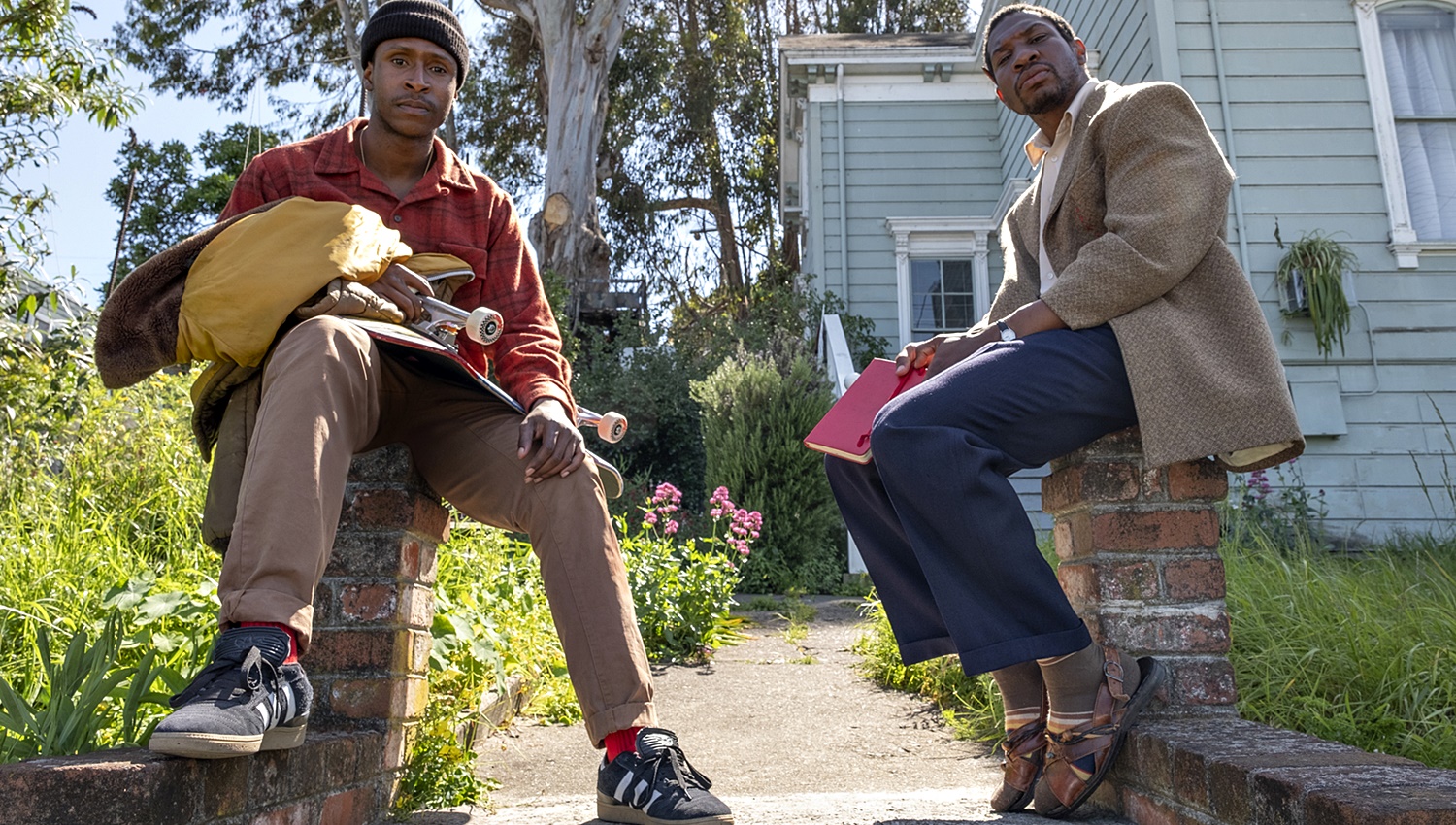
The Last Black Man in San Francisco
Dustin Chase
The opening scene, skateboarding through the dilapidated outskirts of San Francisco, is one of the most beautiful cinematic sequences of 2019. It’s the kind of defining imagery that will be used in end-of-the-year montages. It’s also a prelude to the visual wonders first-time feature filmmaker Joe Talbot has in store for the next two hours. “The Last Black Man in San Francisco” is a clear labor of love collaboration between Talbot and his co-writer and leading man Jimmie Fails who is a new face on-screen. Architecture, nostalgia, soul, and friendship are the topics of the film that manage to offer an experience any viewer can access. Though different elements of this film will touch different people in different ways. It’s one of the true original pieces of filmmaking this year that borrows slivers from modern filmmakers like Wes Anderson, Sophia Coppola, Barry Jenkins and more.
Jimmie (Fails) longs with every fiber of his being to return to the house his grandfather built. Each week he and best friend Montgomery (Major) visit the beautiful house, a “Painted Lady” built in the 1800s, to check on things. The young men are constantly shooed away by the current owners, who in the eyes of Jimmie, are neglecting the property. Jimmie shares a tiny room with Mont at Mont’s grandfather’s house on the outskirts of town. Mont is a sponge, soaking up the characters and events around him. He’s writing a play, drawing inspiration from people he interacts with. Jimmie promises his buddy any room in the house once they re-acquire the old house, eventually Mont also comes to care about this house that means so much to his friend. Jimmie is willing to risk everything for this house, a desperate attempt to get back to a place that brings him peace and comfort, but with a dark nagging secret continues to eat at him.
You never quite know where this story is taking you, but with so much original creativity it doesn’t take long to want to follow it anywhere.
It’s hard to fathom that someone so young, so new to feature film can deliver a film so full of cinematic wonder and a universal message. Talbot and Fails evoke their specific love of San Francisco in the same way Gretta Gerwig’s love/hate relationship with Sacramento played out in “Lady Bird.” San Francisco is a more prevalent character here, not only in the title, but it becomes both a protagonist and antagonist within the film. Partially based on Fails real-life story, he gives an introductory performance here that is one for the ages. The camera can’t get enough of his beautifully expressive face, when his eyes well up with tears, you feel those moments. The same goes for the more established Major who made quite an impression in “Hostiles” a few years ago. Both men give two of the best performances of the year based on the originality of how they are conceived and the emotional restraint in which they are delivered.
“The Last Black Man in San Francisco” rarely gives the viewer what they anticipate, narratively and visually. The editing cues are intentionally noticeable as if to highlight or push the viewer’s attention dramatically from one moment to the next. The imagery throughout is striking, whether it’s a man in the middle of the street preaching from the top of a milk crate to the hazy sunset views inside Jimmie’s favorite house or the pastel properties in the less desired neighborhoods outside the city. Emile Mosseri’s score is warm and vibrant, thoroughly in-tune with Adam Newport-Berra’s cinematography. The message of the film is malleable based on the viewer, but there is something here to move everyone. You never quite know where this story is taking you, but with so much original creativity it doesn’t take long to want to follow it anywhere. The final act, the conclusion, is powerful beyond words, something only “audible tears” as Justin Chang describes, can fully explain.
Final Thought
The type of raw originality that can reinvigorate those starved for something purely creative and equally moving.
